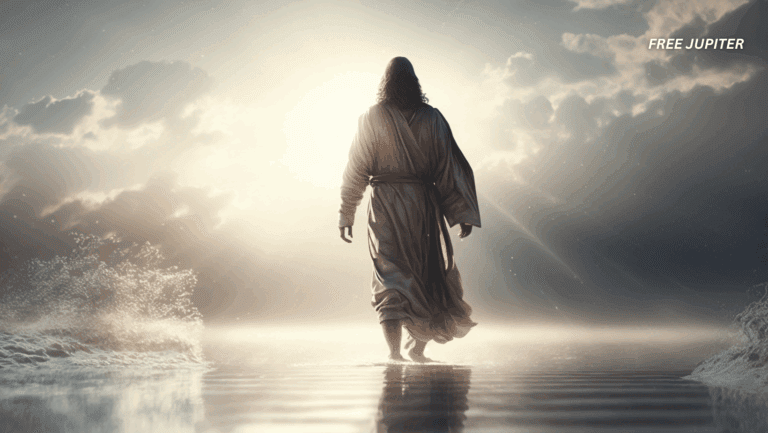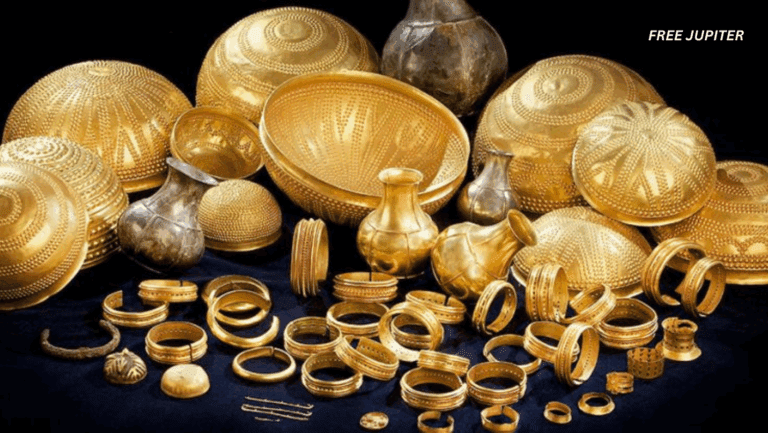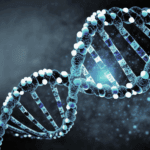The question of who authored the Bible has fascinated scholars, theologians, and the curious for centuries. While many see the text as a product of divine inspiration, academic circles have long debated its human origins, suspecting a patchwork of sources and editors. Now, a team of researchers from Israel and abroad has introduced a new twist to this age-old puzzle: a sophisticated computer algorithm designed to trace the fingerprints of the Bible’s earliest writers. Their work, recently published in a leading scientific journal, is poised to challenge some of our most entrenched beliefs about the origins of this foundational text.
The Digital Scribe: How Algorithms Are Changing Biblical Studies
The study’s authors, a diverse group of scholars from fields as varied as archaeology, mathematics, and biblical studies, harnessed the power of custom-built software and statistical algorithms to analyze word patterns across the Hebrew Bible. By examining the frequency and distribution of specific words, they aimed to distinguish between different literary traditions and editorial hands that shaped the text nearly three millennia ago.
Their approach is rooted in a simple premise: just as every writer has a unique style, so too do groups of writers and editors. By mapping these stylistic signatures, the algorithm can help pinpoint which passages likely originated from which tradition. This method, known as word-frequency analysis, has been used in other literary investigations but rarely applied with such rigor to ancient religious texts.
Peeling Back the Layers: A Patchwork of Traditions
The prevailing academic view holds that the Bible is not the work of a single author but a compilation of documents, stories, and laws edited over centuries. Professor Israel Finkelstein, a leading archaeologist and one of the study’s co-authors, places the earliest biblical writings in the Kingdom of Israel during the first half of the 8th century BCE. According to Finkelstein, the pace of composition picked up in the 7th century BCE, particularly in Judah during King Josiah’s reign, with the latest additions appearing as late as the 2nd century BCE.
Yet, the precise timeline and process of redaction remain hotly contested. Thomas Römer, a renowned biblical scholar and another contributor to the study, emphasizes that the concept of a single “author” does not apply to the Bible as we understand authorship today. Instead, the text evolved through constant revision, with redactors adding, altering, and sometimes removing content over generations.
Read more: Many Of The Dead Sea Scrolls May Be Older Than We Thought, Experts Say
Mapping the Schools of Thought: Deuteronomy, Deuteronomist History, and Priestly Writings
The researchers concentrated their efforts on three major schools of biblical writing:
- Deuteronomy: The final book of the Torah, widely believed to have first been written in the 7th century BCE. Its core message centers on the idea that Israel’s God chose a single site—Jerusalem—for worship.
- Deuteronomist History: This term refers to a series of books chronicling Israel’s history from the conquest of Canaan (in Joshua) to the Babylonian exile (in Kings I and II). These texts were shaped by the ideology and style of Deuteronomy and underwent several rounds of editing, especially after Jerusalem’s destruction.
- Priestly Writings: Found throughout Genesis, Exodus, and Leviticus, these texts emerged around 520 BCE during the rebuilding of the Second Temple. Their focus is on rituals, sacrifices, and the origins of the Jewish people, often anchoring contemporary practices in the distant past.
Putting the Algorithm to the Test: Fifty Chapters, Nine Books
To see if their method could reliably identify these traditions, the team selected fifty chapters from the Hebrew Bible’s first nine books—covering the Torah and the Early Prophets. These books are particularly rich in diverse literary traditions and have been the subject of extensive scholarly debate.
Dr. Shira Faigenbaum-Golovin, a mathematician involved in the project, explained that the team adapted an algorithm originally designed for English-language texts. By comparing the distribution of words between different passages, the algorithm could assess whether two texts were likely products of the same tradition.
The process involved cataloging the frequency of each word in a given text and comparing these patterns across the selected chapters. Over time, they built a dictionary of characteristic terms for each school. For example, words like “Elohim” (a name for God) and “lo” (meaning “no” in Hebrew) were found to be hallmarks of Deuteronomy, while “melech” (king) and “asher” (which) featured prominently in Deuteronomist History. The Priestly Writings were distinguished by terms such as “zahav” (gold).
Results That Speak Volumes
After assembling dictionaries for each tradition—encompassing nearly 1,500 unique terms—the researchers tested their algorithm on the selected chapters. In 84% of cases, the algorithm’s attributions matched the consensus of biblical scholarship. Notably, the method was more accurate for longer passages, while most misclassifications occurred between Deuteronomy and Deuteronomist History, reflecting their close stylistic ties.
Read more: Huge Planet Found Orbiting Tiny Star Has Baffled Scientists
Investigating Disputed Narratives: The Case of the Ark
The study’s second phase tackled some of the Bible’s most debated passages, including the so-called Ark Narrative. According to the biblical account, the Ark of the Covenant was captured by the Philistines during a disastrous battle, only to be returned after a series of calamities befell its captors. Later, King David attempts to bring the Ark to Jerusalem.
Traditionally, many scholars have viewed the narratives in I Samuel and II Samuel as parts of a single story. However, a minority have argued that the account in II Samuel was a later addition. The algorithm’s analysis supported this minority view, revealing distinct differences in style and vocabulary between the two passages.
Outliers and Orphans: Abraham’s Adventures and Esther’s Tale
The researchers also examined other texts whose origins have long been debated. Stories about Abraham’s exploits in Genesis 14-15 and the Book of Esther, which recounts the rise of a Jewish queen in Persia, have often been considered later additions to the biblical canon.
The algorithm confirmed what many scholars have suspected: these texts do not align closely with any of the three main schools of writing identified in the study. This finding reinforces the view that the Bible is a mosaic of traditions, with some pieces added much later than others.
Why This Matters: A New Lens on Ancient Texts
Professor Finkelstein believes the study’s approach could help resolve longstanding debates over the origins of disputed biblical texts. By providing an objective, data-driven method for assessing authorship, the algorithm offers a powerful new tool for historians and literary scholars alike.
Römer, meanwhile, sees broader applications for the method. Many questions remain about the prophetic books and the final stages of editing in the Torah. The team hopes their algorithm will shed light on these mysteries, offering more concrete answers in a field often dominated by speculation.
The Road Ahead: Algorithms and the Future of Biblical Scholarship
This study represents a significant leap forward in the use of digital tools to unravel the Bible’s complex history. By blending linguistic analysis with cutting-edge technology, the researchers have opened new avenues for understanding one of humanity’s most influential texts.
Their work also underscores a broader trend in the humanities: the growing role of data science in fields traditionally guided by close reading and interpretation. As algorithms become more sophisticated, they promise to deepen our understanding of ancient literature, revealing patterns and connections invisible to the naked eye.
Read mire: What Quantum Entanglement Really Reveals About the Universe
A Living Document: The Bible as a Work in Progress
Perhaps the most profound insight from this research is the recognition that the Bible, far from being a static document, is the product of centuries of revision, debate, and reinterpretation. Its pages bear the marks of countless hands—scribes, editors, and storytellers—each contributing to a narrative that continues to shape cultures and beliefs around the world.
As the algorithm continues its journey through the Bible’s chapters, it may not deliver the final word on who wrote the text. But it does remind us that the search for answers is as dynamic and evolving as the book itself.










